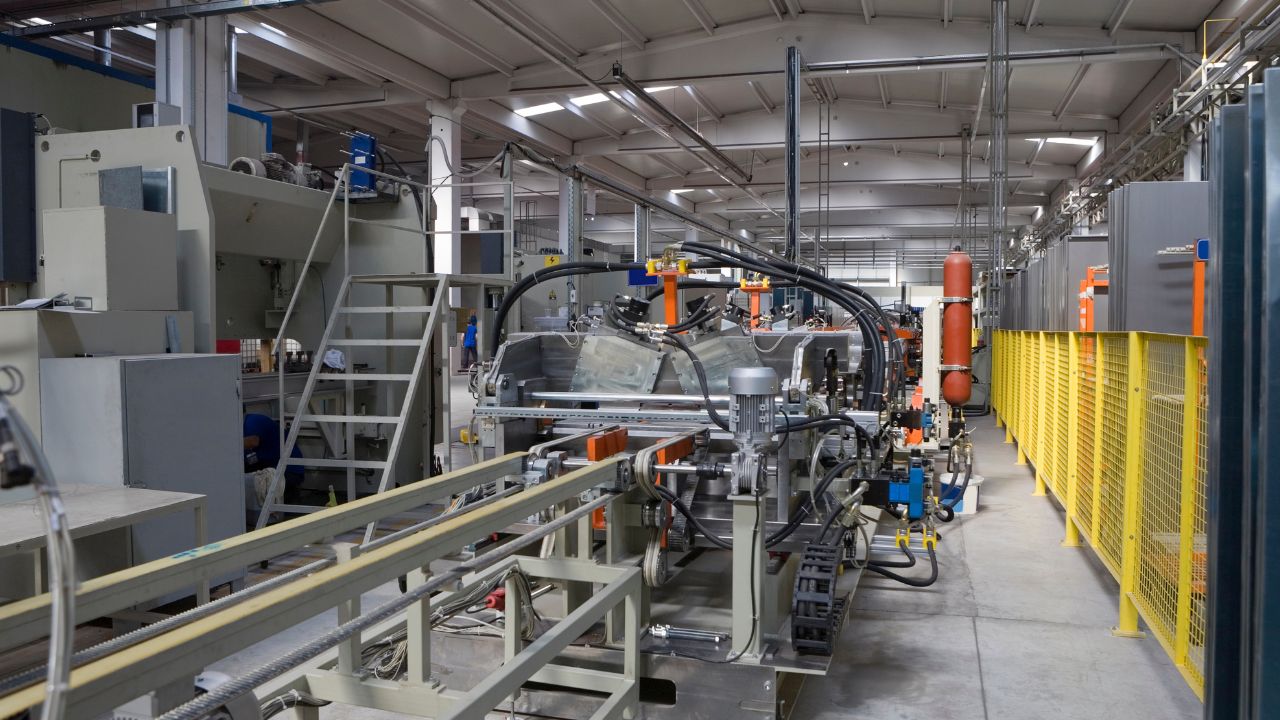In today’s rapidly evolving industrial landscape, digital transformation is no longer a choice but a necessity for manufacturers across the globe. In China, this shift is particularly evident in the sticker labeling machine industry, where manufacturers are increasingly adopting digital technologies to improve production efficiency, enhance product quality, and maintain their competitive edge in the global market. The integration of digital tools such as automation, data analytics, and the Internet of Things (IoT) is revolutionizing how Chinese sticker labeling machine manufacturers operate, leading to more streamlined and agile production processes.
Embracing Automation for Enhanced Efficiency
Automation is one of the most significant technological advancements being embraced by Chinese sticker labeling machine manufacturers. By automating various stages of the production process, manufacturers can significantly reduce the time required to produce each machine, while also minimizing the risk of human error. Automated systems can handle repetitive tasks with precision and speed, allowing human workers to focus on more complex and value-added activities.
For example, automated assembly lines equipped with robotic arms can assemble parts of sticker labeling machines with high accuracy, reducing the likelihood of defects and ensuring consistency in production. Moreover, automation can facilitate quicker changeovers between different product lines, enabling manufacturers to respond more swiftly to changing customer demands. This flexibility is crucial in a market where customization and quick delivery are increasingly important.
Harnessing Data Analytics for Informed Decision-Making
Data analytics is another powerful tool that Chinese sticker labeling machine manufacturers are leveraging to enhance production efficiency. By collecting and analyzing data from various stages of the production process, manufacturers can gain valuable insights into their operations, identify bottlenecks, and make data-driven decisions to optimize performance.
For instance, predictive maintenance is an application of data analytics that is gaining traction in the industry. By monitoring the performance of machinery in real-time and analyzing historical data, manufacturers can predict when a machine is likely to fail and perform maintenance before a breakdown occurs. This proactive approach minimizes downtime, reduces maintenance costs, and ensures that production lines run smoothly.
Additionally, data analytics can help manufacturers optimize their supply chain management. By analyzing data on inventory levels, supplier performance, and market trends, manufacturers can make more informed decisions about sourcing materials, managing stock, and scheduling production. This leads to more efficient use of resources and reduces the risk of delays in production.
The Role of IoT in Smart Manufacturing
The Internet of Things (IoT) is playing a pivotal role in transforming traditional manufacturing processes into smart, connected systems. Chinese sticker labeling machine manufacturers are increasingly integrating IoT technologies into their production lines to enable real-time monitoring, control, and optimization of operations.
IoT devices such as sensors and connected machinery allow manufacturers to gather data on various parameters, such as temperature, pressure, and machine performance. This data can be used to monitor the health of equipment, track the progress of production, and ensure that machines are operating within optimal conditions. In the event of any deviations, alerts can be sent to operators, enabling them to take corrective action immediately and prevent costly disruptions.
Moreover, IoT enables the creation of digital twins—virtual replicas of physical machines or production lines. These digital models can be used to simulate and analyze different scenarios, test new processes, and identify potential improvements without disrupting actual production. This capability allows manufacturers to experiment and innovate more freely, leading to continuous improvement in production efficiency.
Enhancing Collaboration and Communication
Digital technologies also enhance collaboration and communication within manufacturing organizations. Cloud-based platforms, for example, allow teams to access and share data in real-time, regardless of their location. This facilitates better coordination between different departments, such as design, production, and quality control, and ensures that everyone is working with the most up-to-date information.
Furthermore, digital tools can improve communication with customers and suppliers. By providing real-time updates on production status and delivery timelines, manufacturers can build stronger relationships with their stakeholders and ensure that customer expectations are met.
Conclusion
The adoption of digital technologies is proving to be a game-changer for Chinese sticker labeling machine manufacturers. By embracing automation, data analytics, IoT, and enhanced communication tools, these manufacturers are significantly improving their production efficiency and positioning themselves as leaders in the global market. As digital transformation continues to evolve, those who effectively leverage these technologies will not only enhance their operational performance but also gain a competitive edge in an increasingly digitalized industrial landscape.
4o



Oscar
Oscar is a hard-working individual who excels in business. He has been working in the same company for many years and has climbed the ranks to become one of the top employees. Oscar is dedicated to his work and takes great pride in providing value to his team and customers. He is an excellent problem solver and always looks for ways to improve efficiency and productivity. When he's not working, Oscar enjoys spending time with his family and friends. He loves being active outdoors, playing sports, and exploring new places.